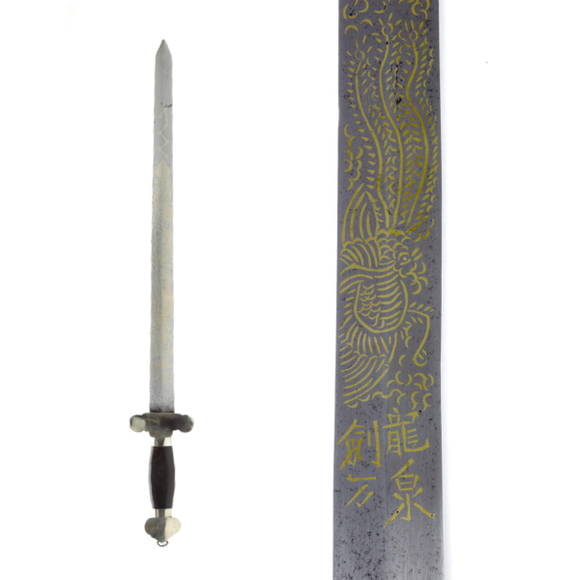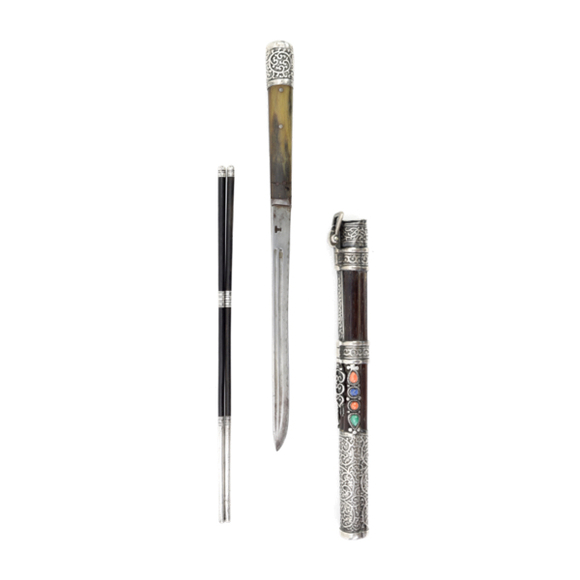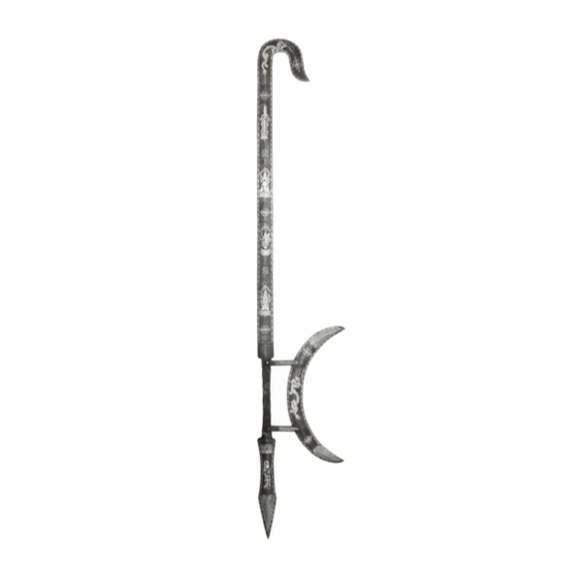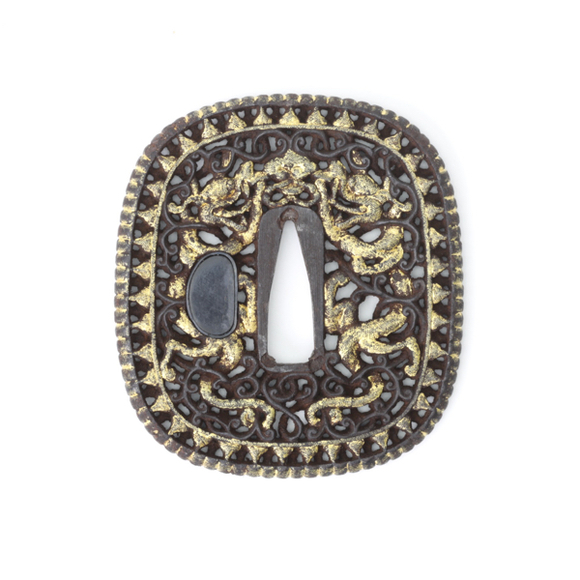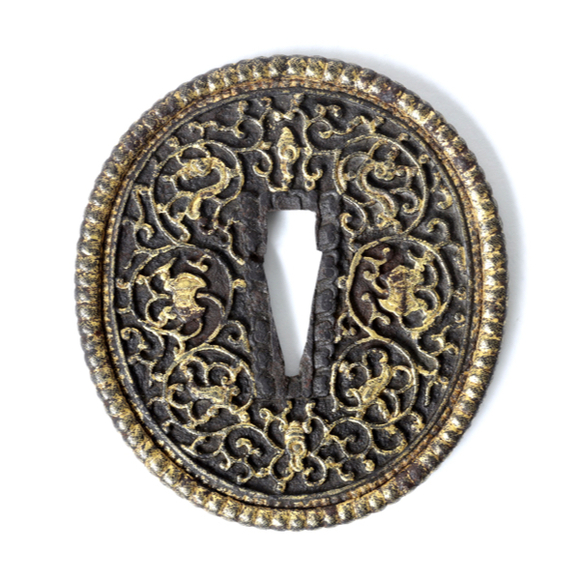Language: Mandarin Chinese
Origin: Period literature, but exact meaning unclear
Description
By lack of historical illustrations, the exact meaning of the term yànlíngdāo (雁翎刀) or "goose-feather saber" remains disputed. It is probably the historical name for what is now widely known as the yànmáodāo (雁毛刀) or "goose-quill saber" which is a blade that is straight for most of its length before its tip sweeps up.
The first mention of the term is in the Song dynasty, which, perhaps not coincidentally is when we see the rising popularity of curved edges in use in China in favor of the straight zhíbèidāo (直背刀) or "straight back saber" that had been in common use up until then.
The first occurrence of yànlíngdāo in literature is from the 13th-century encyclopedia called Ocean of Jade by Wang Ying-lin. Chapter 151:
“In the first year of Qiandao(1165), the military workshops made three thousand goose-feather sabers in a single order.”
(清乾道元年命軍器所。造雁翎刀以三千柄為一料。 )
Another mention of yànlíngdāo is in a poem by Ming emperor Jiajing who ruled from 1521 to 1567, about sending off his general Mao Bowen:
“The general heads on his southern campaign, vital and courageous.
Worn across his waist his autumn water goose-feather saber.”
(大將南征膽氣豪。腰橫秋水雁翎刀。)
Unfortunately, no illustrated texts surfaced that give any clarity on the exact design of these yànlíngdāo.
 A 17th century Chinese saber of goose quill form.
A 17th century Chinese saber of goose quill form.

